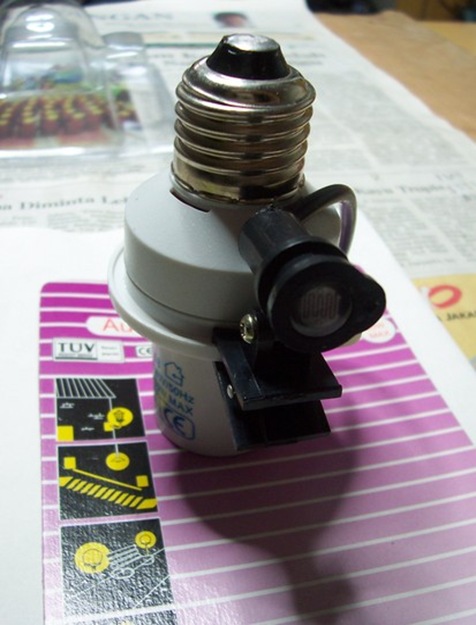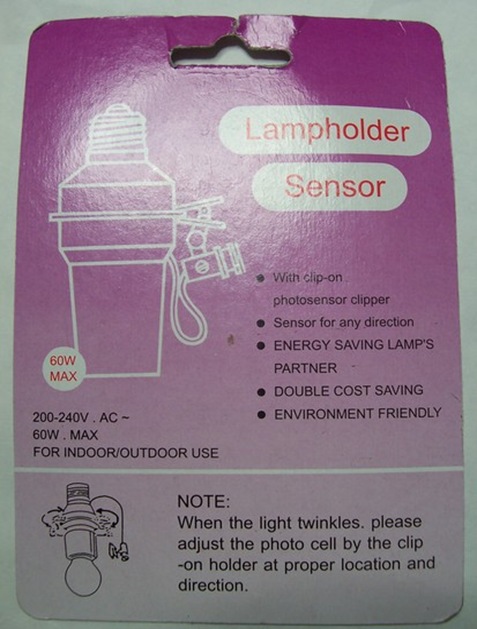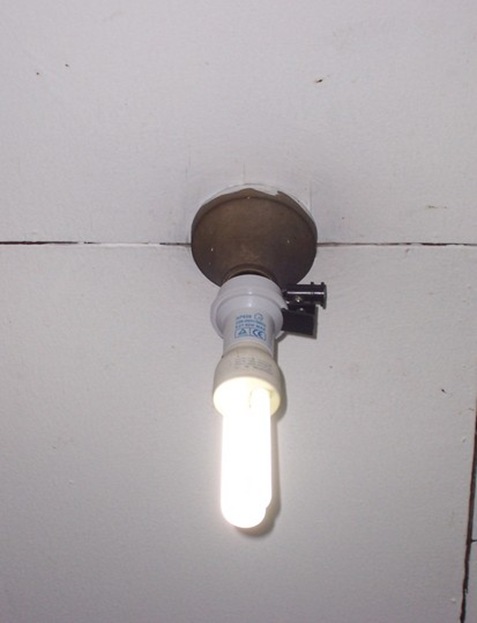How much money do you spend for ink refill of your personal printer? In my case, it is quite a lot because I use it for my daily work. My printer is Canon PIXMA iP1300. It has 2 catridges in it. One is black color catridge and the other is 3-color catridge. A new original one will cost me around Rp 180,000 for black and Rp 225,000 for color (around USD18 and USD 22.5). They will last for about 1 pack of 500-sheet of A4 papers for draft mode and usually less than 1 pack for standard mode. But you can refill the catridge at refill or recycle center for Rp 30,000 for the black and Rp 50,000 for the color (around USD3 and USD5). In addition to these, you will spend some more time to get the new catridge or find the refill center.
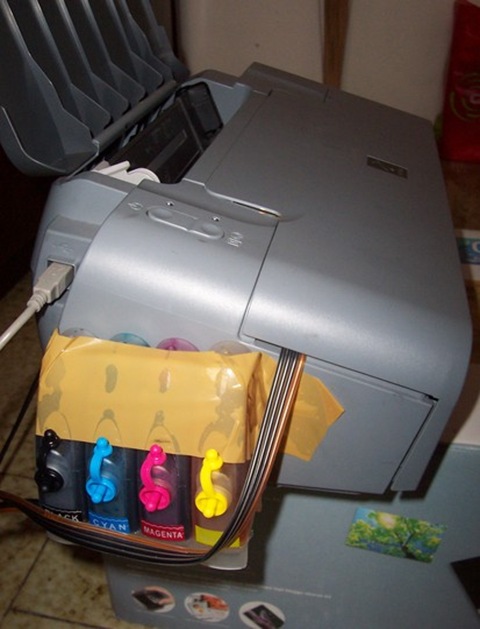
Recenly I decided to install an automatic and continuous ink refill kit on my little printer. I think the kits have been popular for quite sometime but I just decide to use it now :-) Actually there are 2 kits. One for the ink refill and the other is the ink disposal. As you maybe know that, each time the printer finish all the queued jobs, the catridge will go to home positon and dump quite a lot of ink through intenal tubing to its sponge pad at the base. I guess a lot of the ink go wasted with such a mechanism :-) You will hear a lot of noise when the printer goes to its home position and wastes its precious ink.
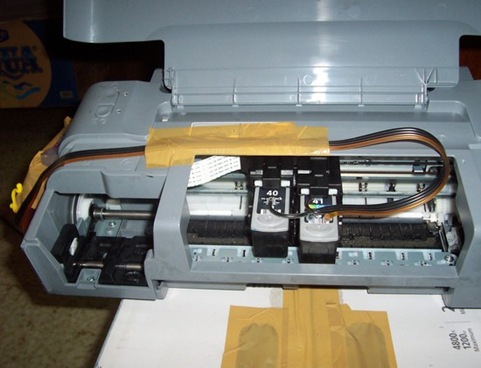
To install the refill system is a lot more easier than to install the disposal kit. You need good catridges both for black and color because the system relies on the small flexible tubing which acts as a capillary tube, I assume :-) You make a hole on top of black catridge and 3 holes for the color. Insert one end of the tubing into the catridge through the hole by using a kind of special connectors included in the kit. The other ends go to 4 containers of black, cyan, magenta and yellow ink. The containers are already filled in with ink. Paste the containers with double tapes at the left side of the printer.
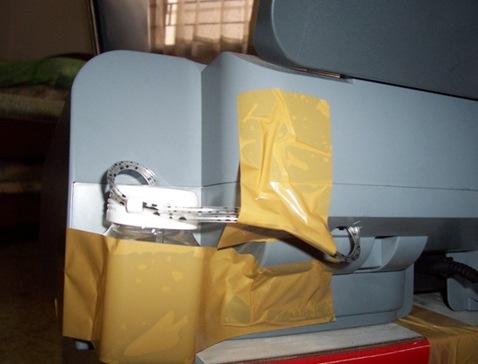
To install the disposal kit is quite hard. You have to open the upper cover of printer. There are quite many screws you have to dealt with. I will not cover how to do this in this post however :-) After opening the cover, you can reach the holders of the catridges from inside. There are 2 small tubings comes out of the holders each for black and color catridge. The ends of the tubings are left open and downward to the sponge pad which will adsorb the disposed ink everytime the printer does a home movement and cleaning task. Extend these 2 tubing with extra tubing comes with the kit. Join them so that the tubing run out of the printer. Put the other end of the additional tubing into a small transparent container which will accomodate the disposed ink. Paste the containing with double tape and extra tape at the back of the printer.
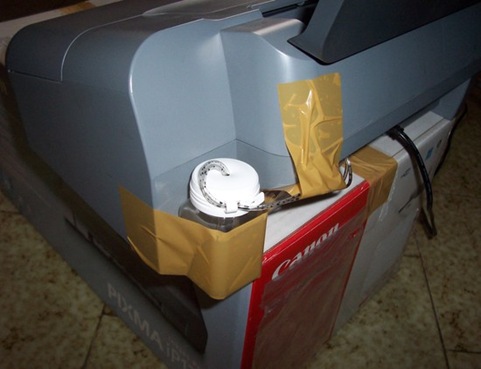
You must do several deep cleaning process and print trial until you can see that the ink can flow from the ink containers and out into the disposal container. It is enough if you can see that all part of the tubing is fully filled with ink. The appearance of the printer becomes quite ugly but anyway I just care for its performance and saving quite a lot of money. That's it folks.... You can see the pictures for clarity :-)


